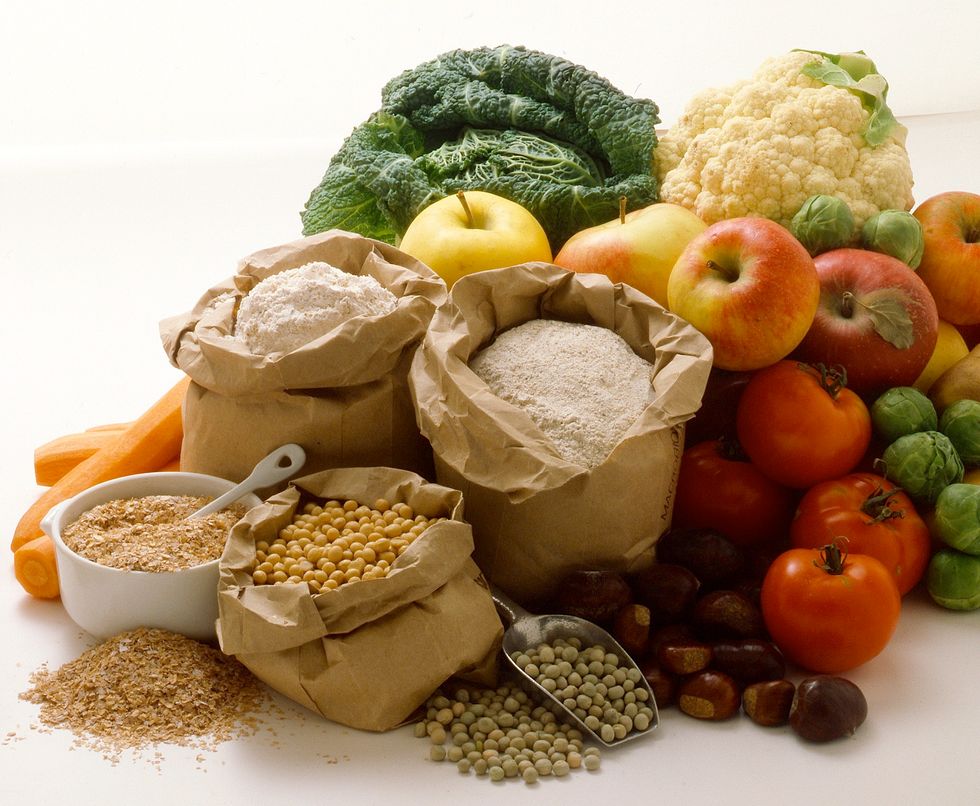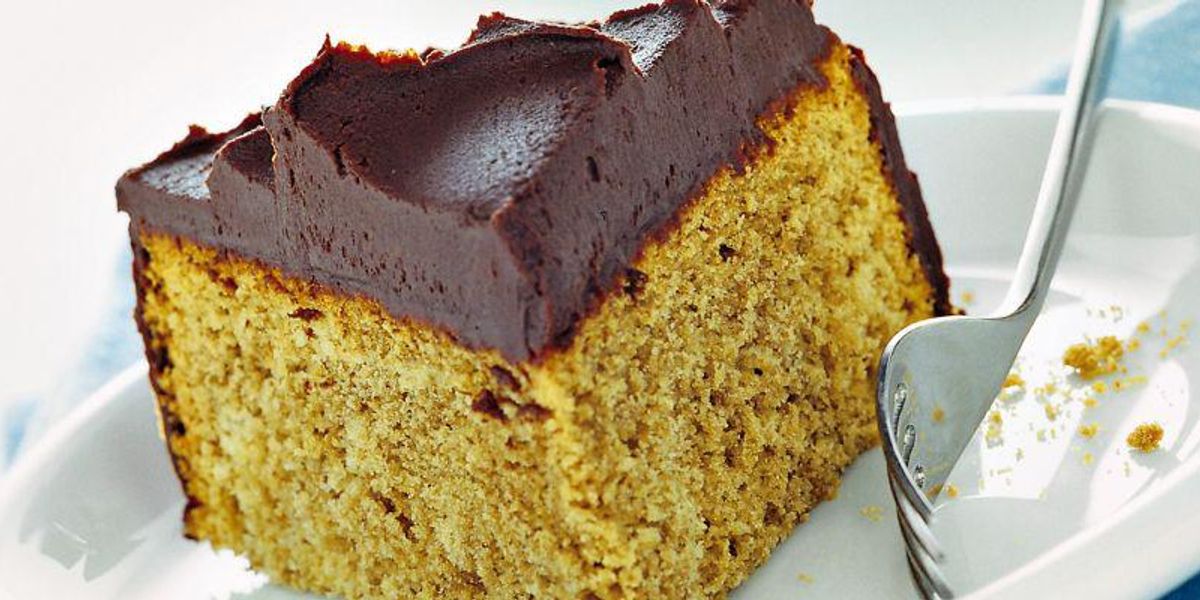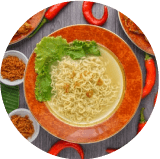
What they are, why they are good, where they are, how many to consume and why not to exceed
Even Hippocrates believed that bread prepared with coarsely ground and not sifted flours, therefore rich in the bran (as we can find today among those made with ancient grains), was healthier. Thus, the most famous physician of ancient Greece was perhaps the first supporter of the inclusion in dietary fiber diet (generically known in the plural of fibers). In reality, snubbed until the end of the seventies and re-evaluated only in recent decades: now it is even said that those who eat whole-grain arrive at a hundred years old ...
Not exactly nutritious (as are sugars, fats, proteins, vitamins, and salts), fiber does not contribute anything because the body does not absorb it and, consequently, has no calories. Transit and go. But not without consequences. This has to do above all with the composition, which determines how it affects the gut, our 'second brain,' and consequently the whole organism.
What is it about
The right thing would be to talk about fibers in the plural. In fact, there are different types, mainly composed of carbohydrates (but different from starches) of vegetable origin, which are not "attacked" by the enzymes present in the stomach and, therefore, are indigestible.
There are two categories: insoluble and soluble. For example, cellulose and lignin, prevalent in vegetables and whole grains, belong to the first group. We find gums, mucilages, and pectin among the soluble, which abounds above all in fruit and legumes.
Both types interact, albeit differently, with water, forming compounds that regulate the intestinal activity, reduce the absorption of fats and sugars (the soluble ones) and decrease the contact time between digestive waste substances and walls of the intestine (the insoluble ones), among other things preventing degenerative diseases of this tract.
The satiating power
The fibers are voluminous: therefore, they satiate. At the same weight, a wholemeal sandwich takes more hunger than a white one. Not only that: as we have explained, since fiber is not digested, it does not provide calories. This means that the wholemeal sandwich, made up in part of fibers, will have an energy intake of around 220 calories per 100 g, compared to 270-280 for machete, slippers, and company.
All the more reason they satiate "fibrous" foods without putting the weight at risk, such as fruit and vegetables that are as whole as possible (for example, not peeled): this is why eating an apple before lunch or opening the menu with a bowl of mixed salad helps to continue the meal by containing the portions.
Finally, foods rich in fiber must be chewed for a long time: this not only increases the sense of satiety but stimulates the production of gastric juices, which facilitate digestion.
Where are
These prodigious substances are truly within reach. In fact, they abound in many foods of plant origin.
Cereals. Among those in grains, the barley wins, reaching 10 g of fiber per 100 g. This is followed by durum and soft wheat (9.7-9.8 g), spelled (6.8 g), and buckwheat, which contains about 6 g.
Legumes. Dry ones, such as chickpeas and lentils, amount to around 14 g of fiber per 100 g, which reach 18 g in dried cannellini beans and borlotti beans and exceed 20 g in the case of broad beans. Borlotti beans and fresh broad beans contain on average 5-6 g of fiber per hectogram.
Vegetables. Tomatoes, leeks, fennel, champignons and porcini mushrooms, agretti, asparagus, beets, turnip greens, broccoli, cauliflower, carrots, green cabbage, savoy cabbage, turnips, spinach, aubergines, and ripe tomatoes: they all amount to 2-2.5 g of fiber per hectogram of raw vegetables. Chicory and red radicchio reach 3 g, even 5 g per 100 g artichokes.
Fresh fruit. Among the most common, the best are pears with almost 4 g of fiber per hectogram. At the same time, peaches, bananas, figs, kiwis, persimmons, tangerines, and apples contain around 2-2.5 g (but quinces, rich in pectins, reach almost 6). Excellent raspberries (even 7.4 g) followed by blackberries and blueberries (both around 3 g). Among the Mediterranean fruits richest in fiber appears the prickly pear (5 g / 100 g), while among the exotic ones, the passion fruit stands out (13.9 g) and avocado (3.3 g), and the pomegranate (2.2 g). Finally, chestnuts boast about 5 g of fiber per hectogram.
Dried fruit. Also, due to water loss, it is all very rich in fiber (but beware of calories!). Among the shelled ones, notable almonds (12.7 g per 100 g), peanuts and pistachios (10-11 g), macadamia nuts, pecans, and hazelnuts (8-9 g). Among the soft ones, dates reach 9 g per hectogram; figs reach 13 g, apples 12.5 g, plums about 8.5 g. The sample is coconut which, in the dried version, contains 13.7 g of fiber per hectogram.
Supplements: normally not needed
Annoying constipation, the desire to lose a few extra pounds, the need to lower cholesterol after uncomfortable blood tests: three examples of how you can try the fiber supplement route. Often with excessive ease.
Experts agree that a varied diet rich in the foods listed up here is sufficient to provide the necessary fiber for a healthy adult, quantified in 30-35 g per day.
Only in special cases may it be useful to resort to supplements, as long as you consult with a nutrition specialist or your doctor.
First of all, the dosage is important. Excess means, in fact, encountering various kinds of ailments, especially in the intestine (from abdominal cramps to diarrhea).
Besides, there is a risk of malabsorption of all nutrients (carbohydrates, proteins, fats, vitamins, and minerals, especially calcium, iron, selenium, and zinc) and even some drugs.
Another common mistake, if you are using supplements, is not drinking enough: as clearly indicated on the label, tablets and preparations should be taken with a nice glass of water (at least 250 m), and in general, you should drink around 2 liters per day, useful advice to anyone who follows a diet rich in fiber. Otherwise, the risk, in this case, is to worsen the intestinal symptoms.
In this regard, it is useful to remember that wheat bran provides fiber for 40% of its weight and is, therefore, used with care as a full-fledged supplement.
As usual, in short, a pinch of common sense is enough to follow a diet that is as complete and balanced as possible and fill up - also - with fiber: not really nutritious, but always precious.







